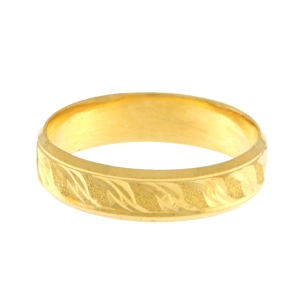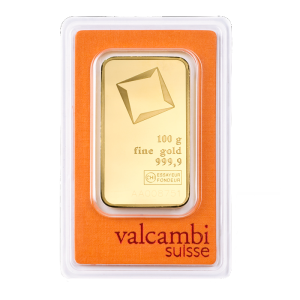In the competitive world of online retail, your e-commerce web page is more than just a product display—it’s your digital storefront, your brand ambassador, and your primary sales tool. Whether you're selling clothing, tech gadgets, digital downloads, or services, your e-commerce page plays a crucial role in attracting e commerce web page customers, guiding them through their buying journey, and ultimately converting visits into sales.
But what exactly makes an e-commerce web page successful?
What Is an E-commerce Web Page?
An e-commerce web page is any page on an online store that serves a specific purpose in the shopping experience. This includes:
-
Homepages – The main gateway to your store.
-
Category Pages – Organized product collections (e.g., "Men's Shoes").
-
Product Pages – Detailed listings for individual items.
-
Cart and Checkout Pages – For finalizing purchases.
-
Search and Filter Pages – Helping users navigate large inventories.
Each of these pages must be optimized for usability, performance, and conversion.
Essential Elements of a High-Converting E-commerce Web Page
🖼️ 1. High-Quality Product Images
Visual appeal is critical in e-commerce. Use:
-
Multiple angles
-
Zoom functionality
-
Lifestyle shots (products in use)
-
360-degree views (if possible)
This builds trust and helps users feel confident in their purchase.
📝 2. Clear, Compelling Product Descriptions
Your product copy should:
-
Explain the product's features and benefits
-
Highlight unique selling points
-
Use bullet points for readability
-
Incorporate relevant keywords for SEO
Great copy helps convert browsers into buyers.
💰 3. Transparent Pricing and Availability
Display:
-
Price (including discounts)
-
Stock availability
-
Variants (size, color, etc.)
-
Shipping costs and delivery times
Don’t make users dig for information—clarity drives conversions.
🛒 4. Strong Call-to-Action (CTA)
Use action-driven buttons like:
-
“Add to Cart”
-
“Buy Now”
-
“Get Yours Today”
Make sure CTAs are prominently placed and visually distinct.
🔍 5. Search and Filtering Tools
Allow users to quickly find what they need with:
-
Category filters
-
Price sliders
-
Size and color selectors
-
Keyword search with auto-suggestions
This improves user experience and keeps shoppers engaged longer.
📱 6. Mobile-Responsive Design
With over 60% of e-commerce traffic coming from mobile devices, your site must look and perform perfectly on smartphones and tablets. This includes:
-
Touch-friendly navigation
-
Fast load times
-
Mobile-optimized product displays
💳 7. Secure, Streamlined Checkout Process
A confusing checkout leads to abandoned carts. Ensure:
-
Guest checkout options
-
Multiple payment methods online shop ecommerce (credit card, PayPal, Apple Pay, etc.)
-
Clear shipping and return policies
-
SSL security and trust badges
⭐ 8. Social Proof (Reviews & Testimonials)
User-generated content helps build trust. Include:
-
Verified customer reviews
-
Star ratings
-
Photos from real buyers
Encourage happy customers to share their experience.
SEO Tips for E-commerce Pages
To help your e-commerce pages rank on search engines:
-
Use keyword-rich product titles and descriptions
-
Optimize image alt tags
-
Create SEO-friendly URLs (e.g.,
yourstore.com/mens-running-shoes) -
Include structured data (schema) for rich snippets (like reviews, prices, availability)
This will increase your visibility and drive organic traffic.
Best Practices for E-commerce Homepages
Your homepage should:
-
Reflect your brand identity
-
Highlight top products or categories
-
Feature promotions or seasonal offers
-
Provide easy access to search, cart, and account features
Remember: most visitors land here first—make a strong impression.
The Role of UX Design in E-commerce Web Pages
Great design is about more than aesthetics. UX (user experience) design ensures:
-
Clear product navigation
-
Easy interaction with filters and CTAs
-
Fast, intuitive checkouts
-
Reduced bounce rates
Hiring a professional e-commerce website designer can help you turn casual visitors into loyal customers.
Final Thoughts
Your e-commerce web page is your most powerful tool in today’s digital marketplace. A well-designed, fast, and user-friendly page not only showcases your products—it builds trust, encourages action, and drives sales.
Whether you're launching a new online store or optimizing an existing one, focus on clarity, usability, mobile responsiveness, and SEO. Invest in quality design and functionality, and your e-commerce website will become the ultimate engine for your business growth.


